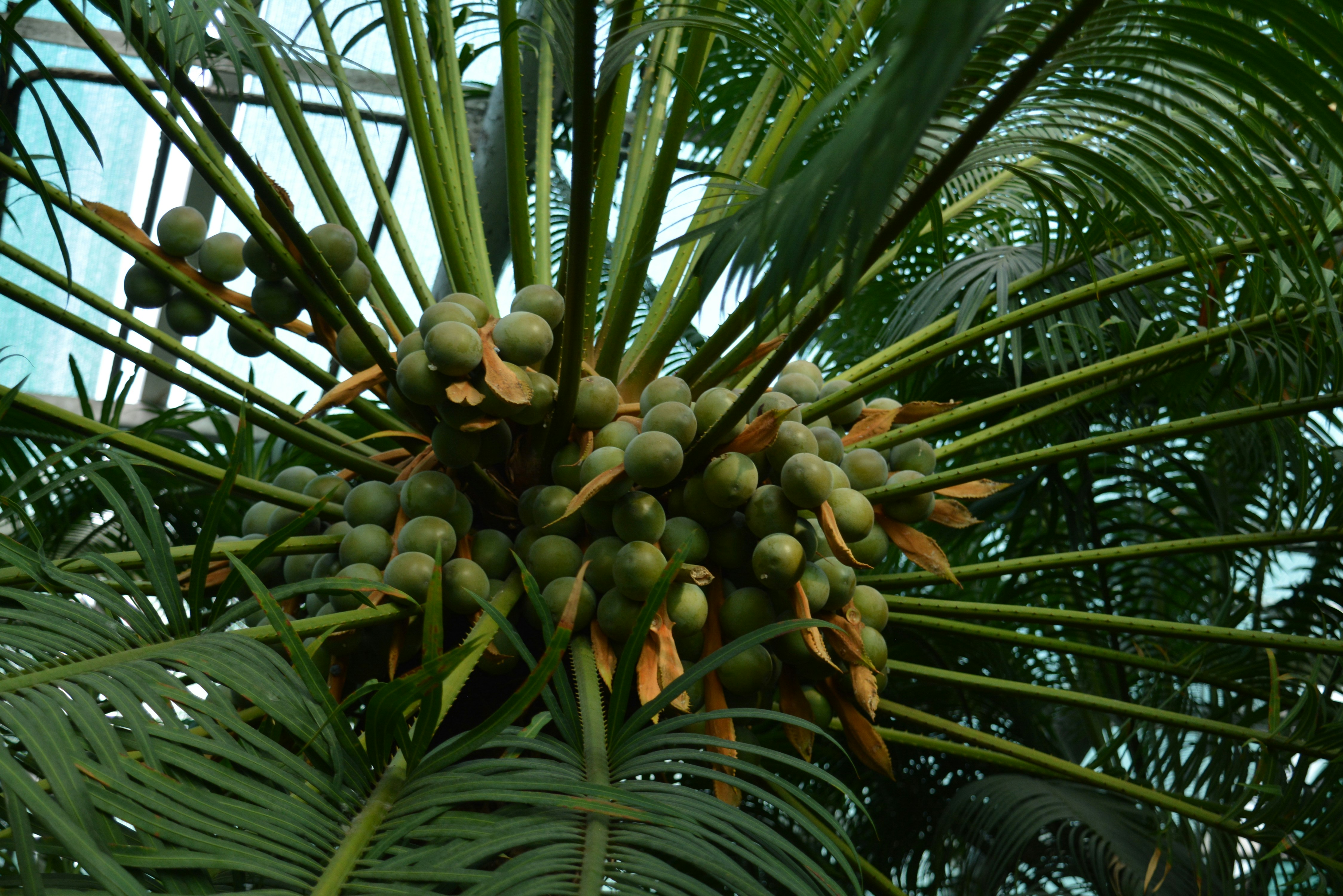The Elixir of the Tropics: Understanding Coconut Water, Nature's Hydration System
Coconut trees stand tall as quintessential symbols of the world's tropical regions. Revered in many cultures as "nature's supermarket" or the "tree of life," every single part of this remarkable plant finds a use, from its leaves that thatch homes to its roots with medicinal properties, and its edible heart. Among its many gifts, the refreshing liquid found within a young, green coconut is particularly prized – a natural marvel that has captivated humanity for centuries.
Coconuts are truly unique in the botanical world due to their substantial internal cavity filled with water. Unlike other fruits that store water primarily within individual cells or pulp, the coconut palm creates a distinct reservoir of pure, clear liquid. As a food scientist deeply involved in research on the properties of coconuts, I've had the privilege of delving into the intricacies of this fascinating fruit.
The Source of the Sweetness: How Coconut Water is Formed
All coconut palms produce water, though the volume can vary. Taller varieties, for instance, generally yield more liquid than their dwarf counterparts. Crucially, this cherished water is primarily sourced from the tree's immature, green coconuts. As the coconut ripens and matures, the developing white flesh (known as endosperm) progressively absorbs the water, which serves as its nourishment. This natural process is why a fully ripe, brown coconut contains significantly less liquid than its younger, green brethren.
So, how exactly is this unique water reservoir created, and what intricate factors influence its formation? The answer lies in the sophisticated anatomical structure and vascular system of the coconut tree.
A Look Inside: The Coconut's Anatomical Structure
To truly appreciate the formation of coconut water, it's essential to understand the coconut fruit's unique anatomical makeup. Botanically, a coconut is classified as a drupe, a type of fruit characterized by three distinct layers:
The Exocarp: This is the outermost, smooth, green layer visible in unripe coconuts.
The Mesocarp: Beneath the exocarp lies this thick, fibrous husk, which provides protection and insulation.
The Endocarp: This is the hard, woody inner shell that most people recognize as the "coconut shell" and which encases the precious white flesh inside.
Within the protective endocarp, two vital components reside: the flesh (or endosperm) and the clear coconut water that fills the central cavity. In immature coconuts, the endosperm is a soft, jelly-like material that gradually hardens and thickens as the fruit matures. The clear liquid, our prized coconut water, is a nutritive fluid designed to nourish the developing seed. It forms naturally throughout the intricate developmental stages of the coconut fruit.
Nature's Filtration System: The Vascular Journey
Far from being simply stored rainwater or seawater, coconut water is a meticulously filtered and nutrient-rich liquid produced directly by the tree itself. Its journey from the soil to the fruit is a testament to nature's incredible engineering.
The water begins its ascent as a filtered sap, meticulously drawn up from the deep and extensive root system of the coconut tree. Coconut roots can delve remarkably deep, ranging from 1 to 5 meters into the soil, efficiently absorbing groundwater along with dissolved nutrients from the surrounding earth. This absorbed water, now enriched with vital minerals, is then transported upwards through the tree’s sophisticated vascular system. Specifically, it travels through the xylem tissue, which acts as the tree's internal plumbing network, efficiently moving water and nutrients from the roots, through the trunk and branches, and finally to the developing fruit.
Once it reaches the fruit, this nutrient-laden water is retained and stored within the coconut's central cavity. Here, the accumulated water serves as a crucial food source, providing essential nourishment to the developing endosperm (the white flesh). This entire process highlights that coconut water is a perfectly natural, carefully filtered, and inherently nutrient-dense liquid, a product of the tree's own biological processes, designed to sustain its growth and development.
What is Coconut Water Made Of? A Nutritional Breakdown
So, what exactly constitutes this celebrated liquid? Approximately 95% of coconut water is simply pure water, making it an outstanding natural hydrating fluid. The remaining 5% is a fascinating blend of various components, all of which contribute to its beneficial properties for both the developing coconut and for human consumption:
Minerals: Coconut water is a natural treasure trove of essential minerals, including sodium, potassium, magnesium, and calcium. These electrolytes are crucial for numerous bodily functions in humans, including nerve transmission, muscle contraction, and maintaining proper fluid balance.
Proteins: It contains trace amounts of proteins, including amino acids and enzymes. These compounds play vital roles in metabolic processes within both the tree and the human body.
Sugars: The light, natural sweetness of coconut water comes from simple sugars like fructose and glucose. These provide easily digestible energy without the need for artificial sweeteners.
Vitamins: Coconut water also contains trace amounts of vitamins, notably vitamin C and various B vitamins, further enhancing its nutritional profile.
In essence, Santai coconut water isn't just a refreshing drink; it's a testament to the coconut tree's incredible ability to create a perfectly balanced, nutrient-rich liquid. Every sip of Santai is a direct gift from "nature's supermarket," offering pure, unadulterated goodness straight from the source.

